In June 2016, DC Comics kicked off the start of its Rebirth initiative. After a wave of criticism surrounding the way they have treated their characters’ rich histories since 2011’s New 52 relaunch, DC has decided to rebrand. They hope that by restoring their characters’ pasts, they will restore readers’ faith in them as well. Do they succeed? That’s what the Comics Beat managing editor Alex Lu and entertainment editor Kyle Pinion are here to discuss. Book by book. Panel by panel.
This week: Kyle takes in the latest collaboration between Superstar Team-in the making Tom King and Mitch Gerads. Also, what’s happening with “The Lazarus Contract” crossover?
Note: the reviews below contain **spoilers**. If you want a quick, spoiler-free buy/pass recommendation on the comics in question, check out the bottom of the article for our final verdict.
 Batman #23
Batman #23
Writer: Tom King
Artist: Mitch Gerads
Letterer: Clayton Cowles
I’m always hesitant to write about Batman comics, for a number of reasons. Namely, Batman sucks up a lot of air in the DC Universe. Take a look at the lineup of titles within Rebirth: while it’s less than it once was, there’s a still huge chunk of retailer space that the Bat-titles inhabit. He’s the most popular character in the entire slate, so there’s a good deal of narrative emphasis on Bruce Wayne and the extended members of this family. I also have trouble talking about it, because my interest in Batman has really waned over the years. My Bat-fanaticism was at its peak during the Knightfall years, and had a nice resurgence during the Morrison era. Since then, perhaps its due to age, or some other factor, I’ve become more of a Superman guy. I think when you’re a teenager and in your twenties, that grim dark avenger is the perfect sort of outlet for whatever angst you have, but once you hit those middle 30’s and beyond, you just sort of want to be happy and content. The current Superman books, especially the eponymous Superman and Super Sons, really dig deep into that personal vein for me.
But there were a couple of reasons I wanted to ponder this particular book this week: the Tom King run on Batman has been an interesting beast, one that I think has disappointed some fans who were expecting the strict formalism and blow you away almost every month nature of titles like The Vision and Omega Men. But in all honestly, regardless of its slight visual merry-go-round, with arcs being handed off between David Finch and Mikel Janin, with another artist dropping in for breathers between “acts” of the “I Am…” trilogy, I remain pretty enthralled by it all. Not necessarily because I think the arcs are holding together in a specific way that are redefining how I feel about the character or Gotham itself, but because I think the individual chapters themselves are really exciting to behold. I know I’ve said this before, and I’m sorry to be a broken record, but I think there’s something to be said for a Batman run that is so unpredictable in how its story will be told that it quickly becomes the first thing you read in your stack every other week. I’m here less because of any real need to read “the ongoing adventures of Batman” so much as “how will King and company take me by surprise next?” It doesn’t always do the trick, but it’s hard not to admire the exercise in craft, particularly for a run that has staked its claim more within the psychological confines of the character more than anything else.
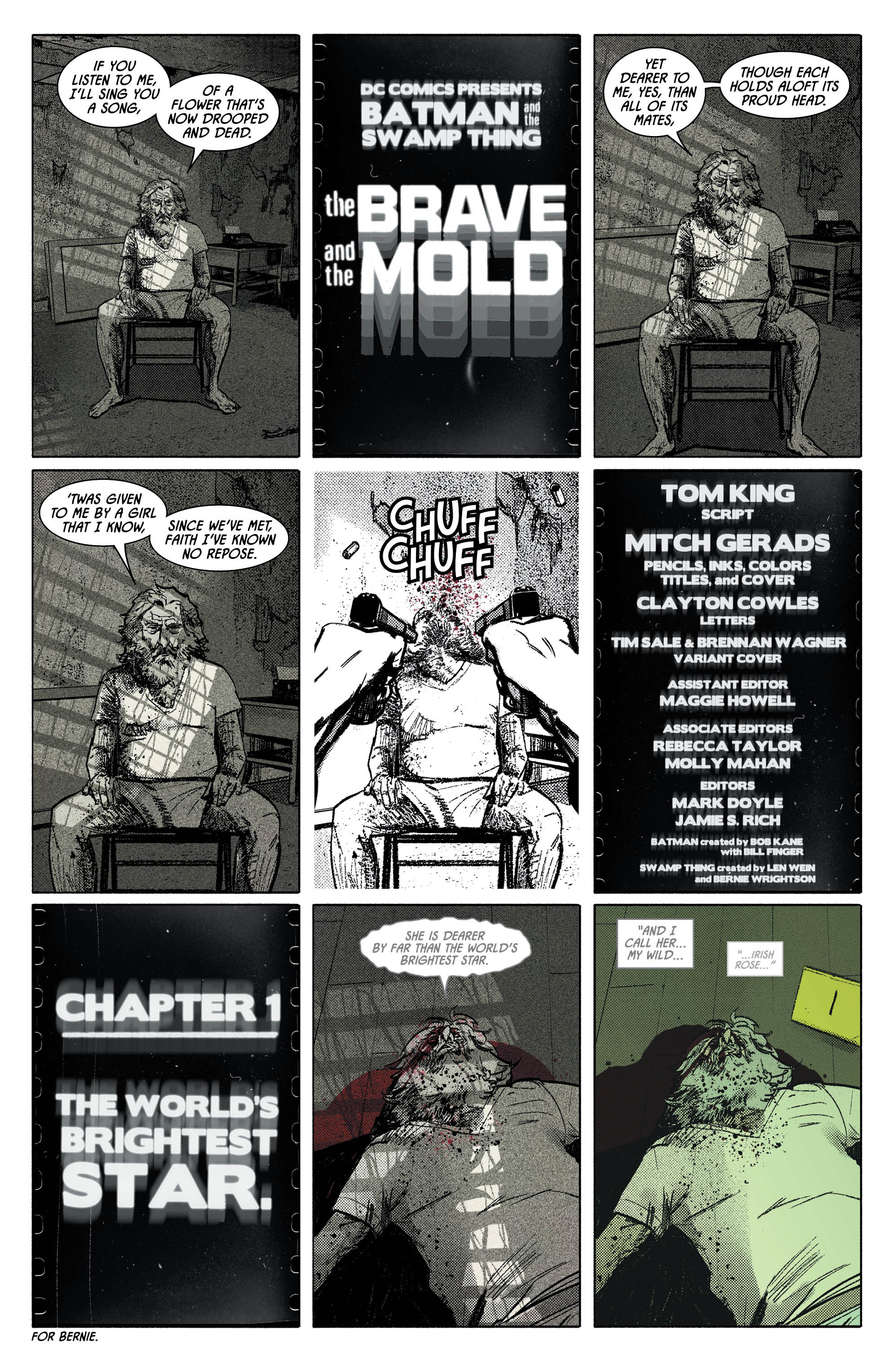
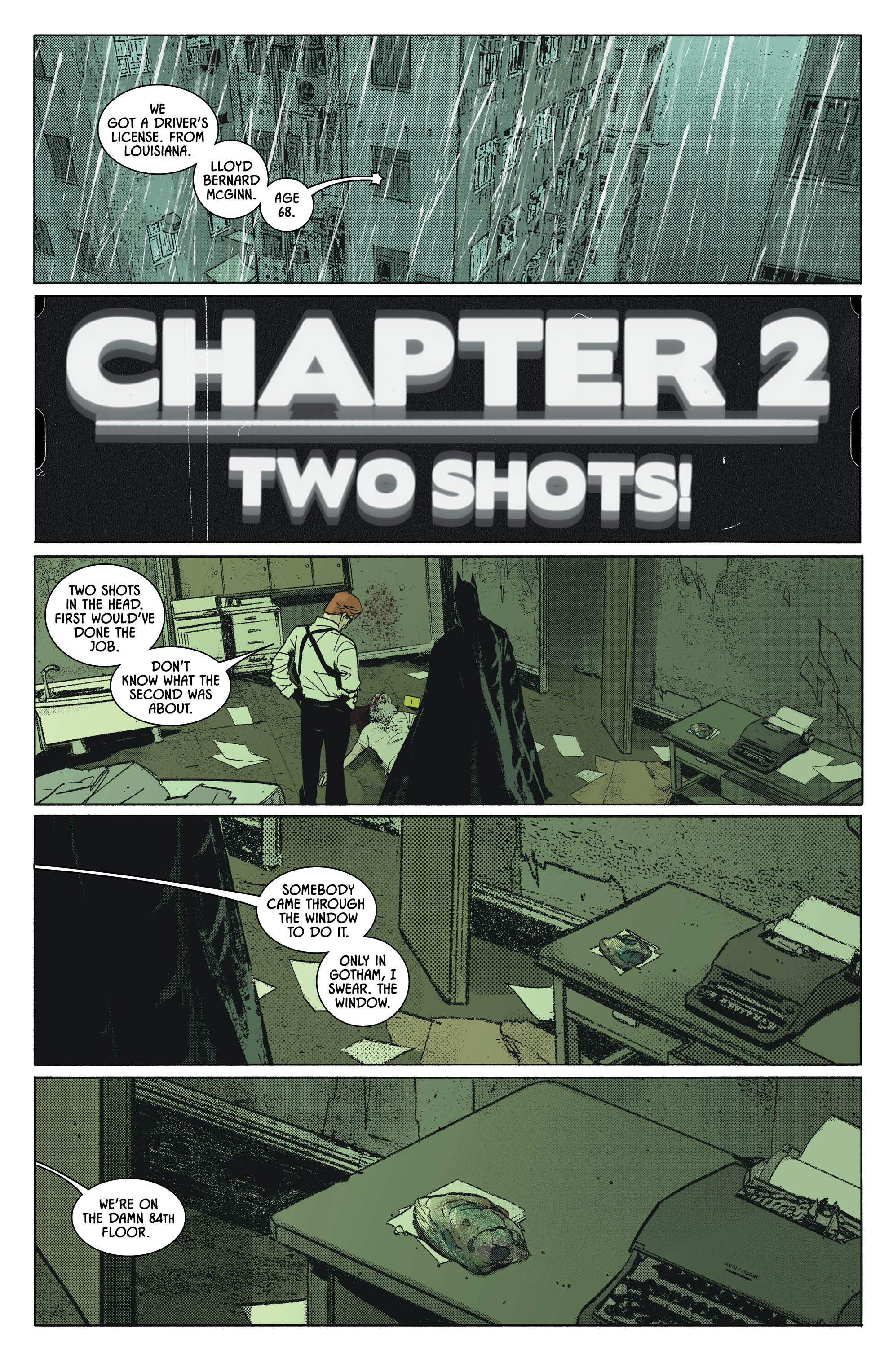
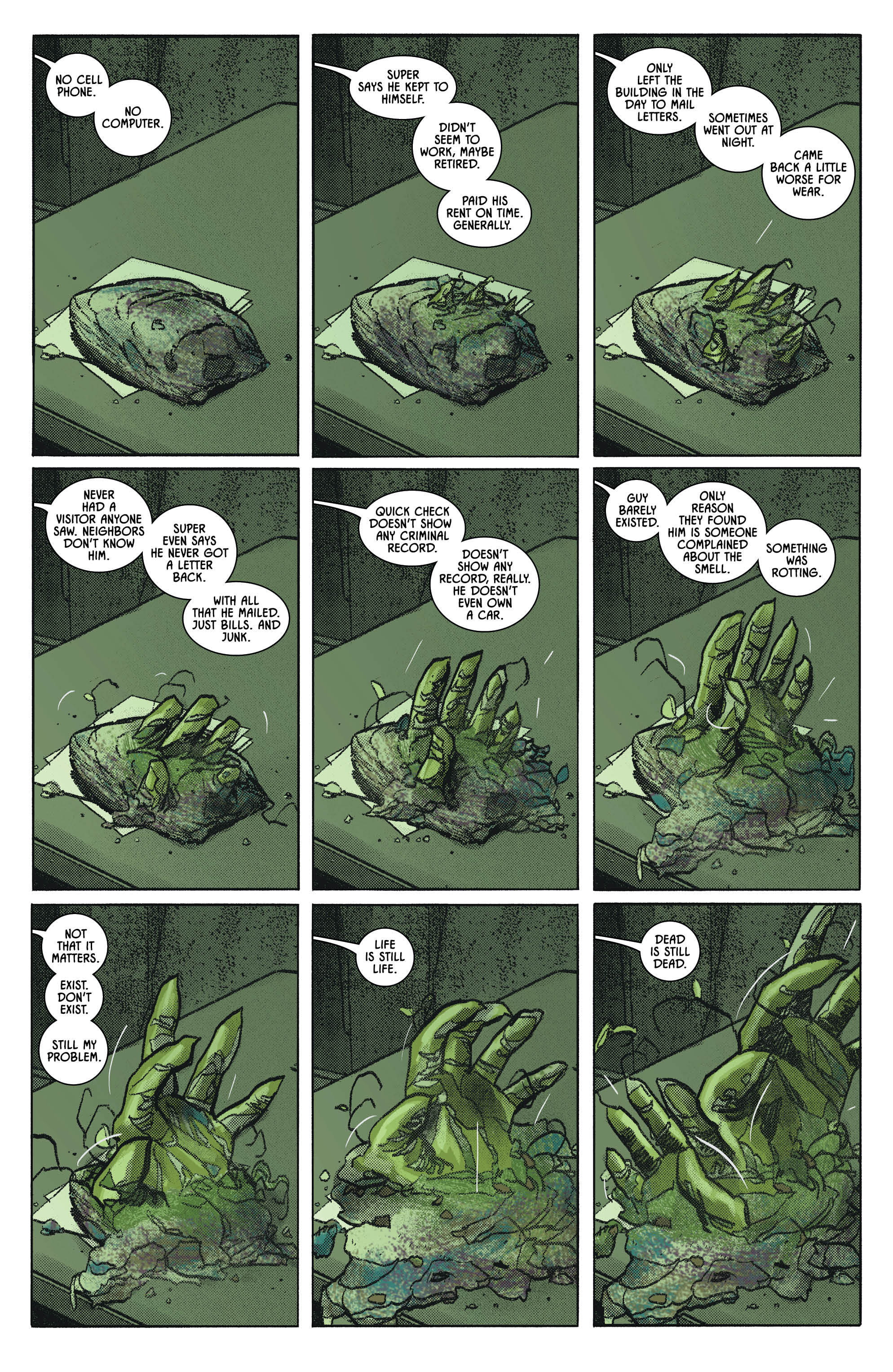
Each segment of the book is divided by chapters that are presented almost like silent movie intertitles, even down to film grain on each instance. We get some really humorous back and forths between our two stars, including Swamp Thing wondering why Batman needs a car anyway. This kind of a levity, along with the appearance of Tom King’s favorite D-list Batman villain Kite Man, is a nice touch given the dour note that the entire affair ends on.
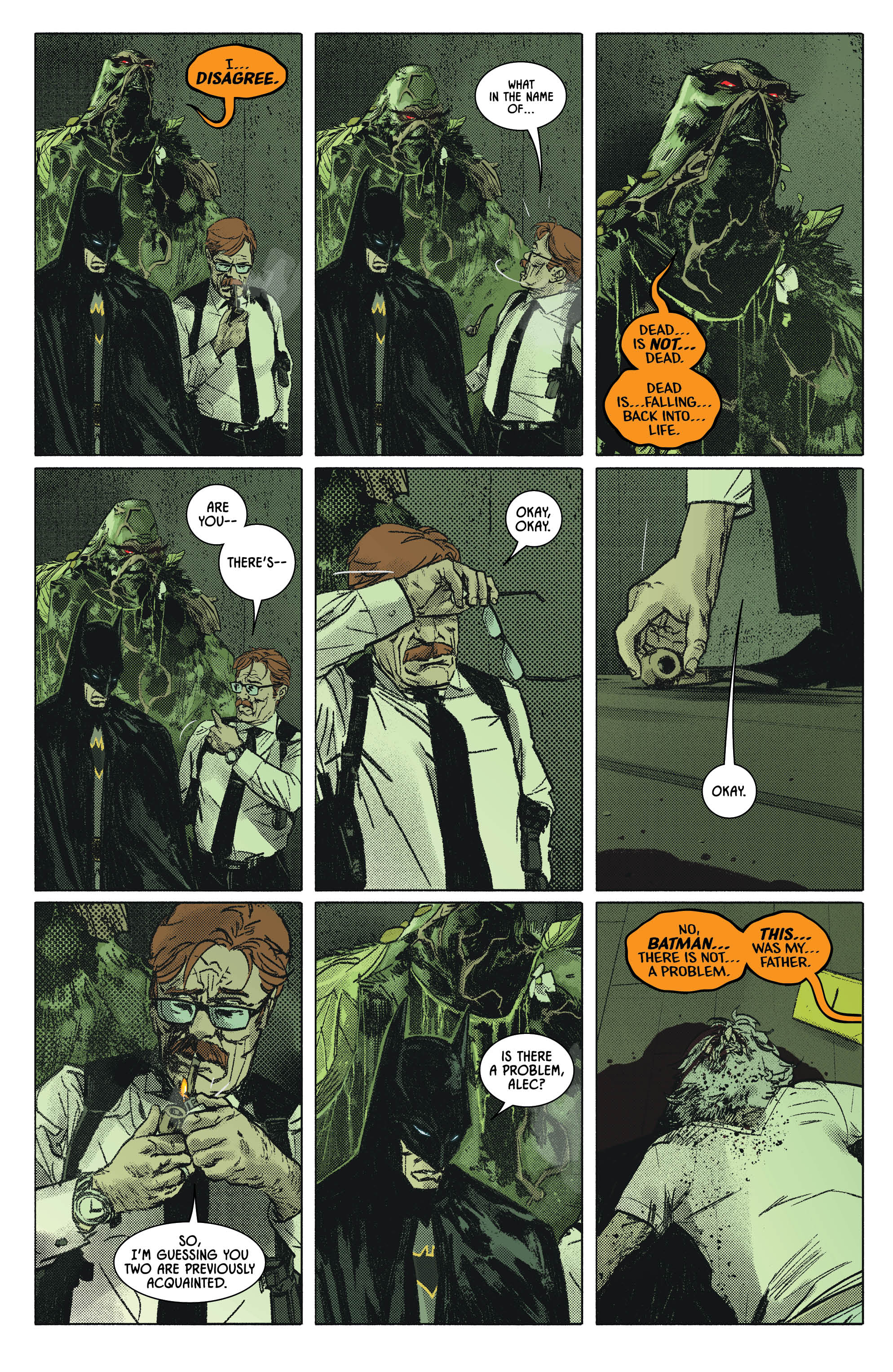
This is a great comic book, the best issue of King’s run, and the best Bat-comic I’ve had the pleasure of reading in quite some time.
Verdict: Buy
 Teen Titans #8
Teen Titans #8
Story: Priest, Benjamin Percy, and Dan Abnett
Script: Benjamin Percy
Breakdowns: Phil Hester
Pencils: Khoi Pham
Inks: Wade Von Grawbadger
Colorist: Jim Charalampidis
Letterer: Corey Breen
For my second, shorter review this week, I wanted to drop in on the current “Lazarus Contract” crossover that’s taken over Titans, Teen Titans, and Deathstroke; three books, that up to this point, I’ve enjoyed to varying extents. The Eisner-nominated Deathstroke led by (Christopher) Priest is the cream of that crop, producing a well percolated familial drama, that while providing some sympathy for its respective devil in Slade Wilson, it never looks past his monstrous acts nor glorifies them. The Ben Percy-written Teen Titans is another one of the Rebirth highlights, that while maybe not reaching the dead-serious, ambitious nature of Deathstroke, is a great deal of fun and the perfect remedy for what had been ailing the franchise since Geoff Johns left the title. Titans is a little more hit and miss, though much of that impression is formed from how its overlong opening arc drug down the title.
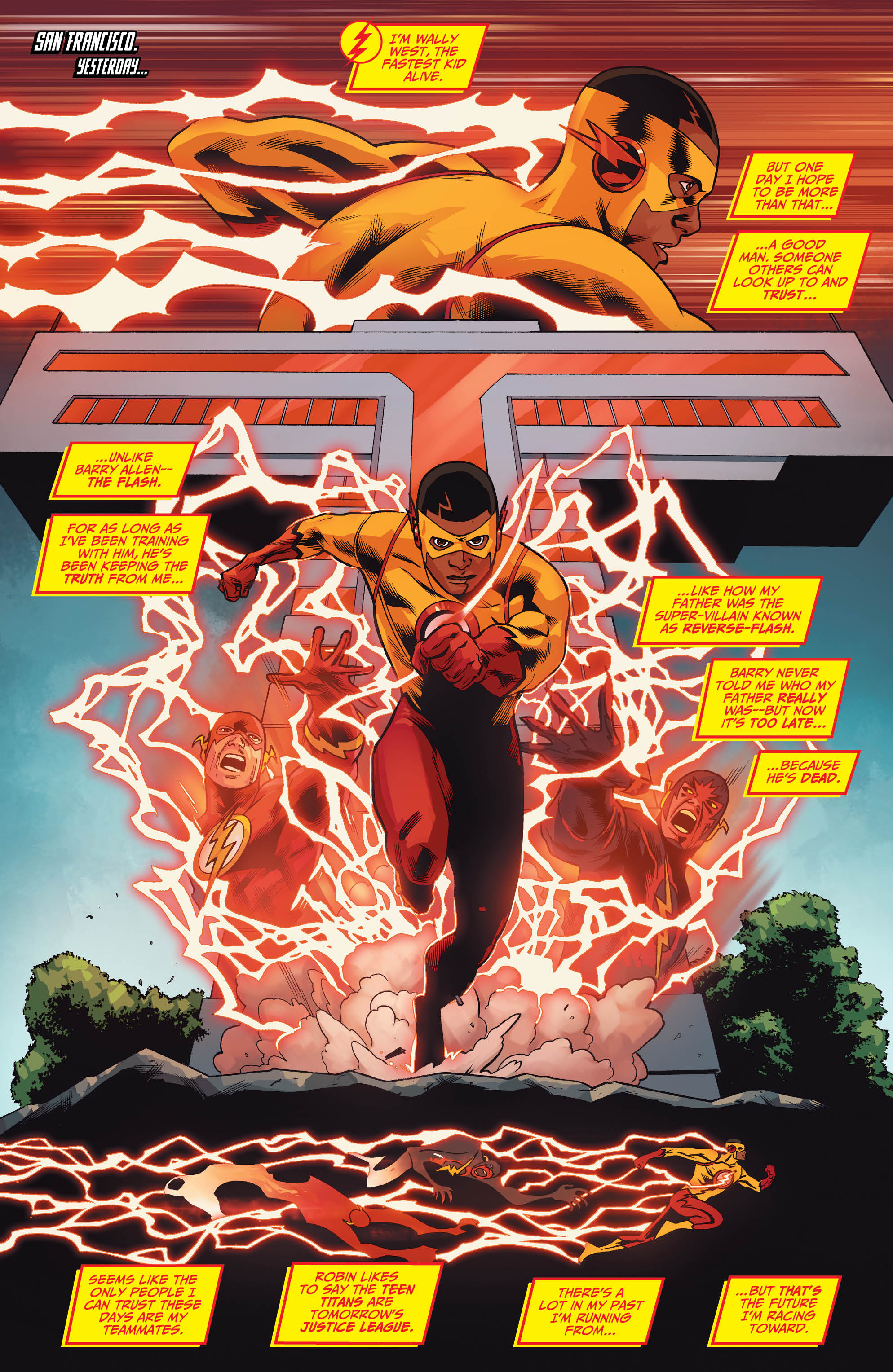
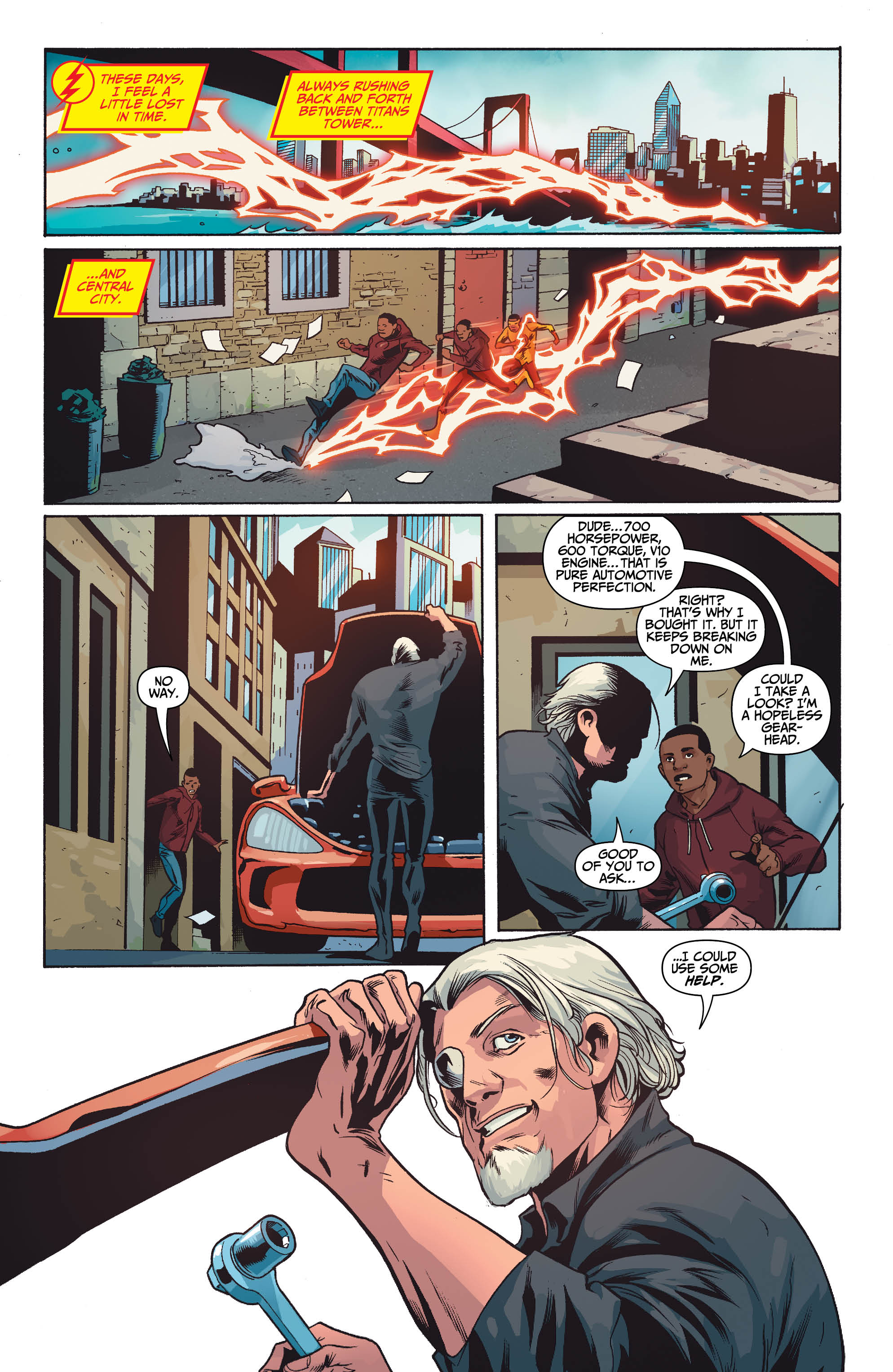
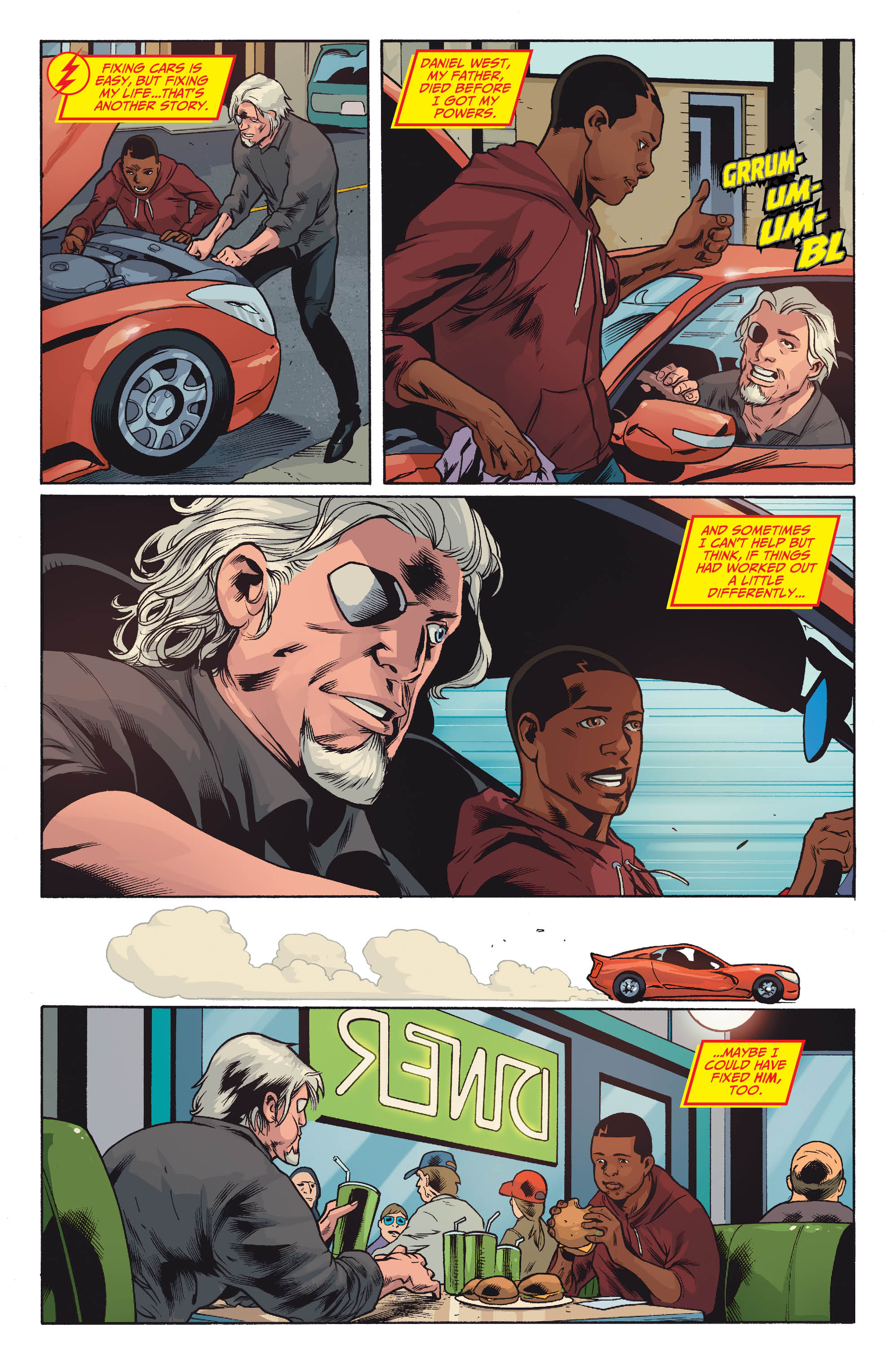
“The Lazarus Contract” has bits and pieces that work, but I get the feeling the stand-out chapter will be its conclusion, as I’d be lying if I didn’t say I had some significant interest in a Priest-written super-speed enhanced Slade Wilson (and what sort of internalized journey he’ll go through). But the getting there has felt like more work than needed, especially in how it has careened the thrust of its respective series.
Verdict: Skip It
 Round-Up
Round-Up
- Aquaman #23 kicks off the “Crown of Atlantis” arc, not to be confused with “Throne of Atlantis” storyline from back in the day, though the base subject matter is a little similar. While I’ve been a little lukewarm on Abnett’s Titans, I have a really soft spot in my heart for his efforts on Aquaman, where he’s done a nice job building up the supporting cast and political intrigue of the title. Sometimes the rotating artist situation works against him, but I think this is a remarkably solid little take on Arthur, Mera and the ongoing struggle for Atlantis to find its foothold in the geopolitical sphere. This new arc finds Arthur on the outs with the bureaucrats that find his approach too forgiving of the land-dwellers, and even apologetic. Instead they’ve turned to the strong-arming Corum Rath of The Deluge, who was set free by the Royal Council who feel his leadership may provide the peace and security the citizens of Atlantis desire. There’s a bit of a “Nationalist vs. Globalist” take here that may bristle some readers, but I found it pretty timely. It’s a good title that I think a lot of people are missing the boat on, and it just continues to chug along.
- Other books that I think are worth a look this week include: Cave Carson Has A Cybernetic Eye #8, which continues its exquisite B-movie weirdness and looks pretty fabulous with Michael Avon Oeming hitting his mark every single month without one fill-in or any significant delays. No other Young Animal title can say the same at this point, even Shade the Changing Girl, whose fill-in I adored. Superman #23 is also a blast, providing some VERY unexpected answers for some of the odd occurrences that have surrounded the Kent family in their current dwellings of Hamilton. On the less exciting side of things, Batwoman #3 still hasn’t done a lot to really win me over beyond the always welcome art of Steve Epting, this ongoing island plotline just hasn’t clicked into place. And I’m sad to say that for Nightwing #21, as excited as I was to read that fill-in, Michael McMillian’s scripting fails him a bit here and falls away a bit from the enjoyable short he produced in DC’s New Talent Showcase. Love ya on Crazy Ex-Girlfriend though Michael! I’m rooting for you!
Miss any of our earlier reviews? Check out our full archive!


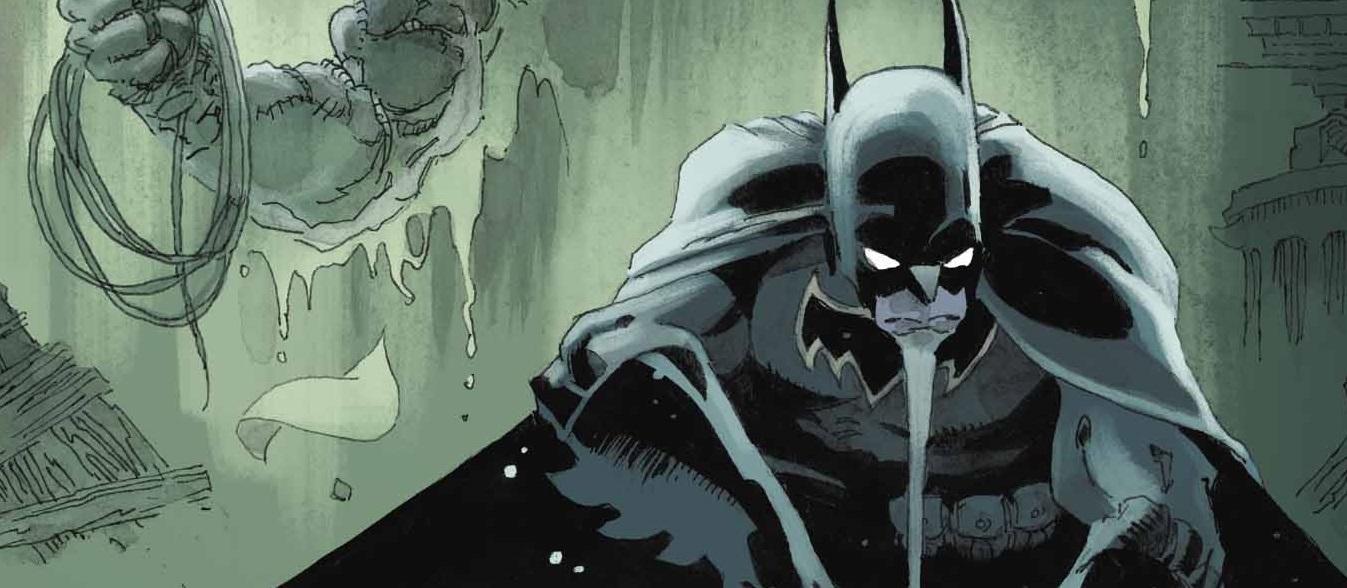
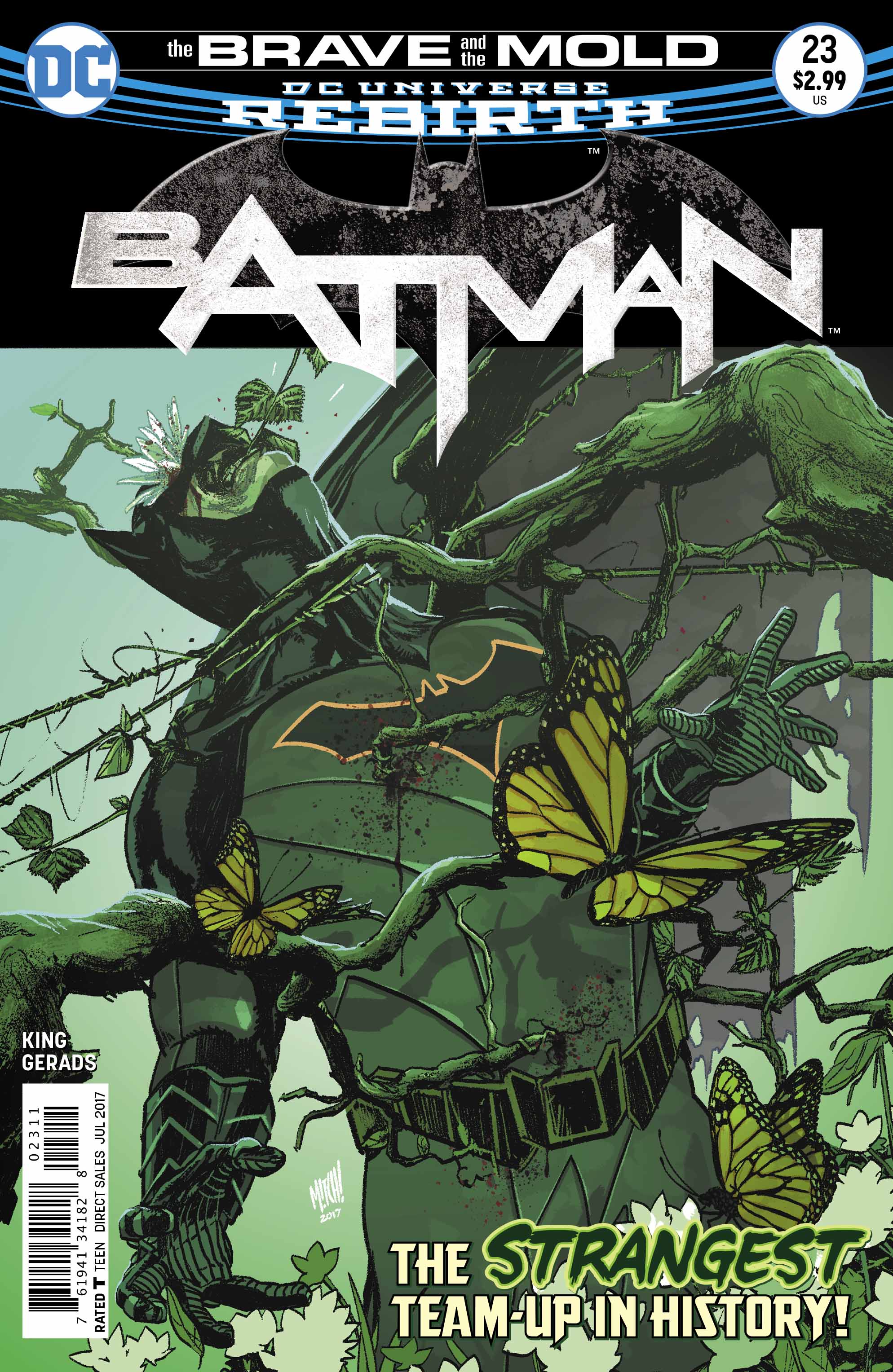 Batman #23
Batman #23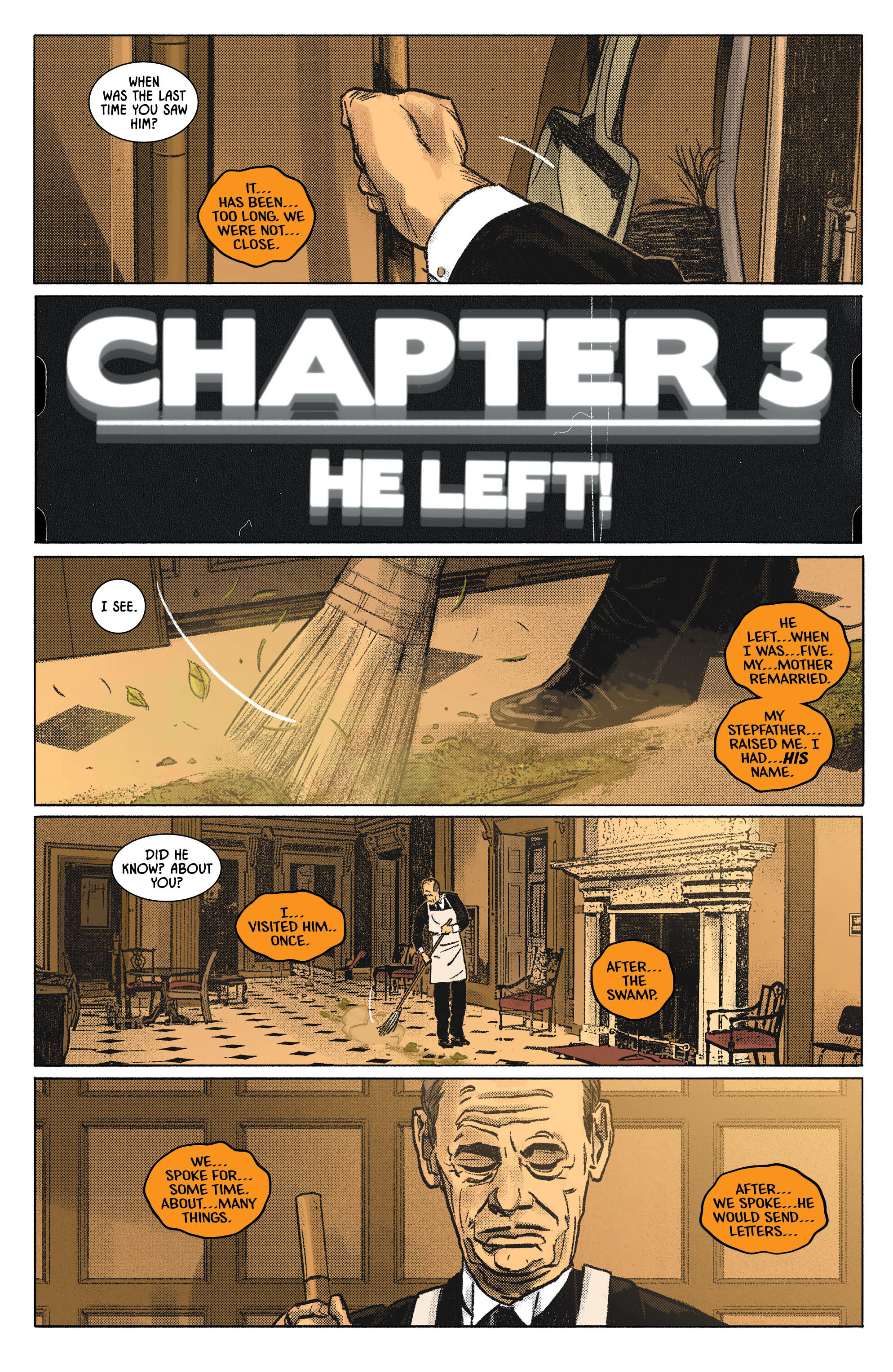
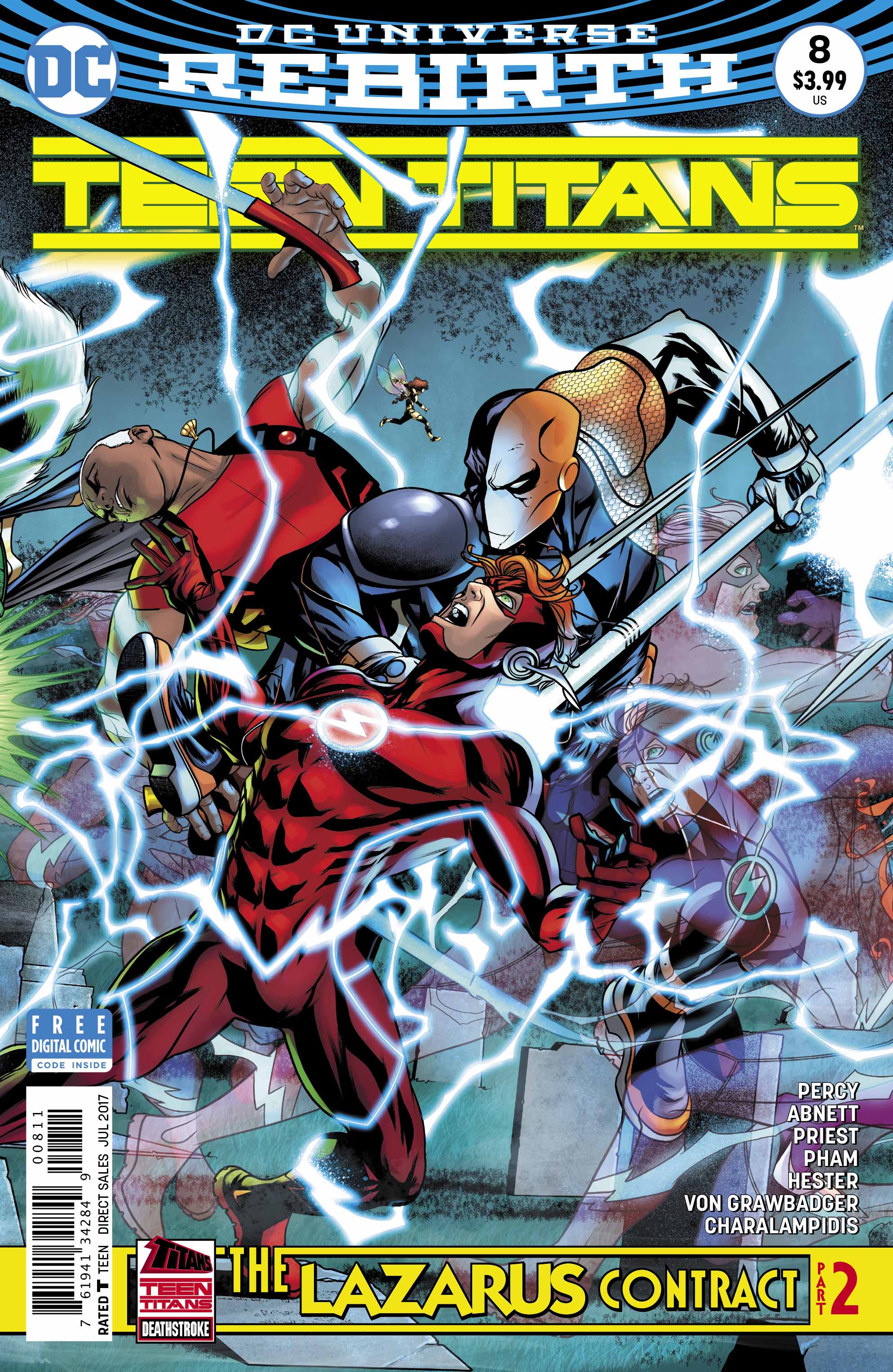 Teen Titans #8
Teen Titans #8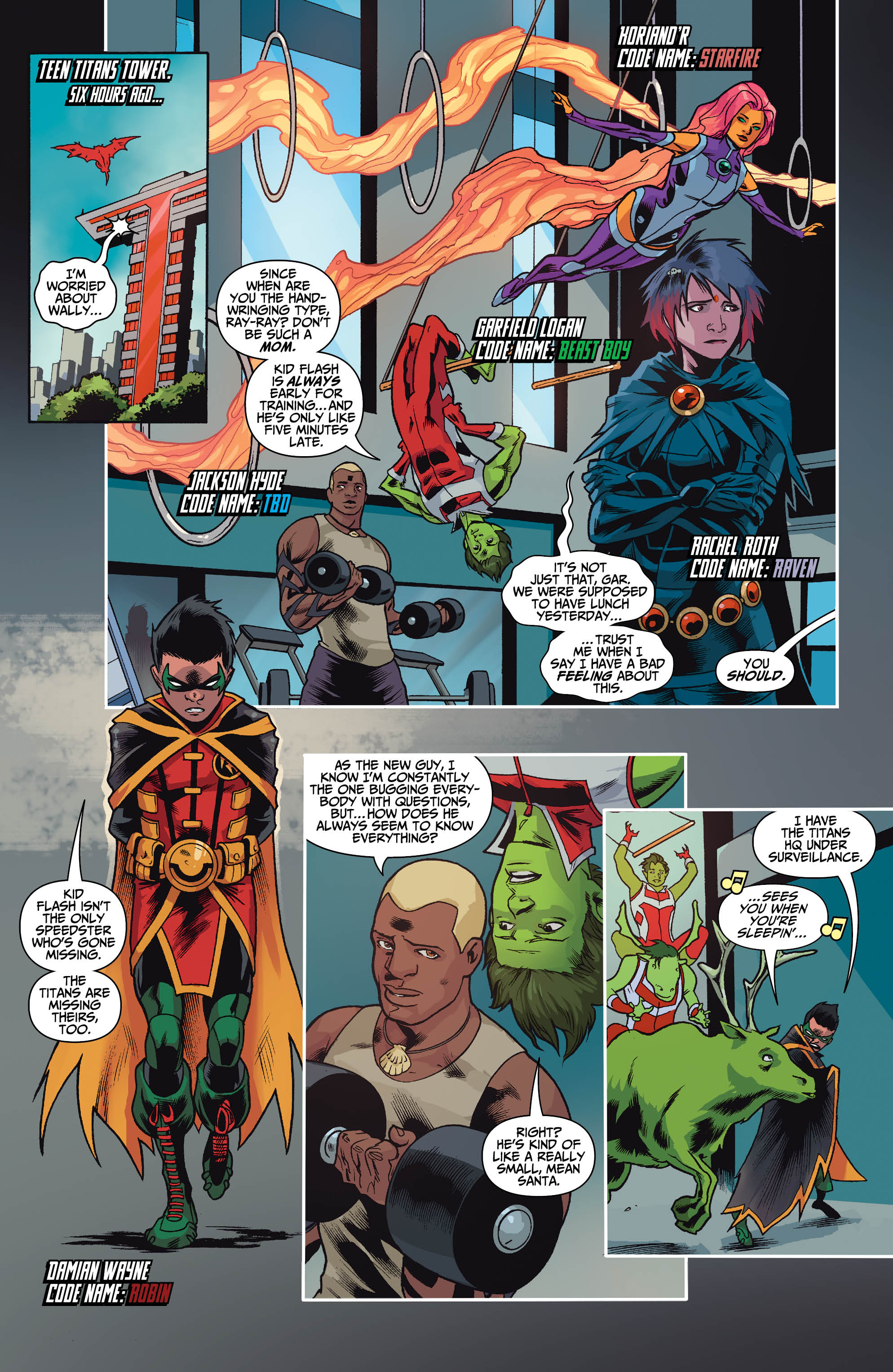
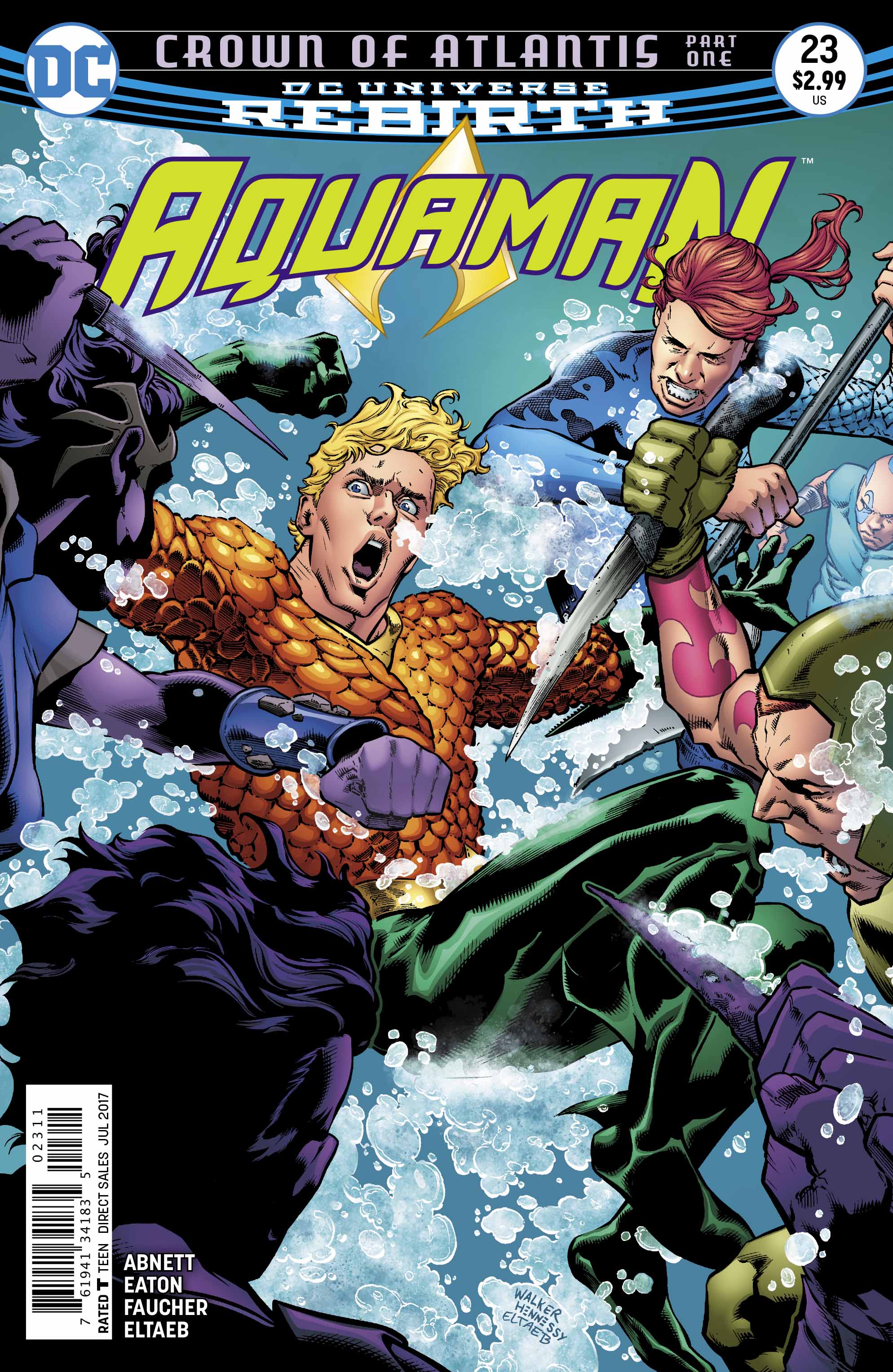 Round-Up
Round-Up

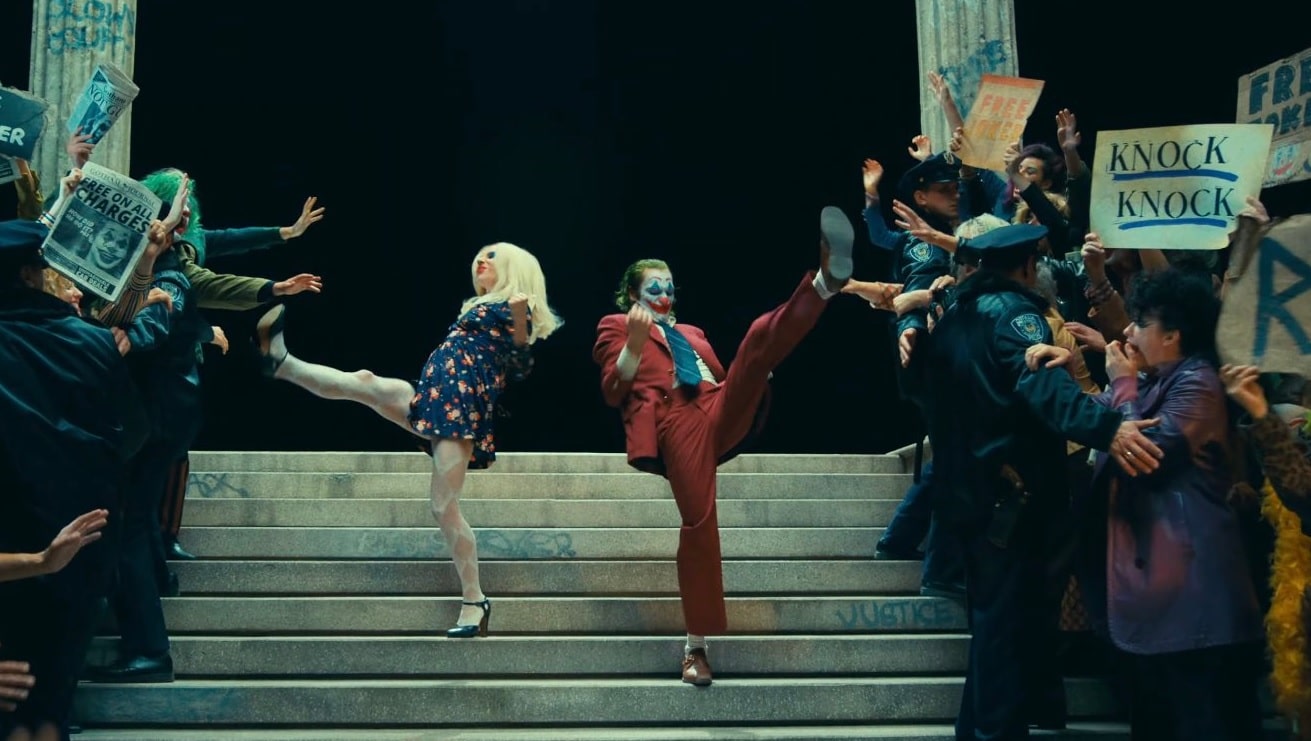



I’ll eat my glasses if that ” elderly fellow ” isn’t alan moore (nearing rebirth)
So it looks like DC is attempting to establish superhero relationships and their Collections to the world they live in with rebirth. It doesnt really beg the adage of the hero being defined by tradegy or villiany. But now we fans are getting story arcs like the Doomsday Clock, The Button, and Dark Days, that will reveal answer questions that fans are being impatient about. Let me start with the button. It builds off of mystery, digs into past relationships, and yet ends on another mystery. What does it define or better yet reveal? The Watchmen? Maybe but what about the monitors? Did they just cease to exist? To be replaced byThe Watchmen?
Therefore, where is all this going? What will be the end result of Doomsday Clock? Will it affect Dark Days?
So in less than a year, King has already surpassed what Snyder did in five years? Not surprised. Snyder’s run on Batman reminds me of Lobdell’s run on X-Men.
In terms of Rebirth, I am glad DC has found a way to admit that they would have gone bankrupt and likely purchased by Image (ironically) if they wouldn’t have had “Watchmen,” “V For Vendetta,” and “Killing Joke” royalties to keep them afloat. Hell, “Blackest Night” and the popularity of Green Lantern never would have occurred without Moore’s inspiration. Alan Moore is DC’s Jack Kirby – case closed.
@Bobby Flay
Jack Kirby is DC’s Jack Kirby.
RJT – Not when it comes to sales. You honestly think titles like “Forever People” are DC’s equivalent to FF or X-Men? You honestly believe the Newsboy Legion has been as important to DC as Captain America to Marvel? Absurd.
@Bobby Flay You weren’t comparing Kirby’s DC output to his Marvel output, and neither was I. You were comparing Alan Moore’s DC output to Kirby’s Marvel output. My point was simply that Kirby created a LOT of important characters to the DC Universe–as demonstrated by DC’s recently announced Kirby centennial one-shots for August–not least of which is Etrigan, a character Moore used early in his Swamp Thing run (in an issue dedicated to Jack Kirby nonetheless). Kirby’s creations for DC might not stack up sales-wise or influence-wise to the work he did with Stan Lee at Marvel, but they are still important characters that influenced Moore’s DC work (which for all its stylistic influence does not boast many original characters) and to creators working today.
Comments are closed.